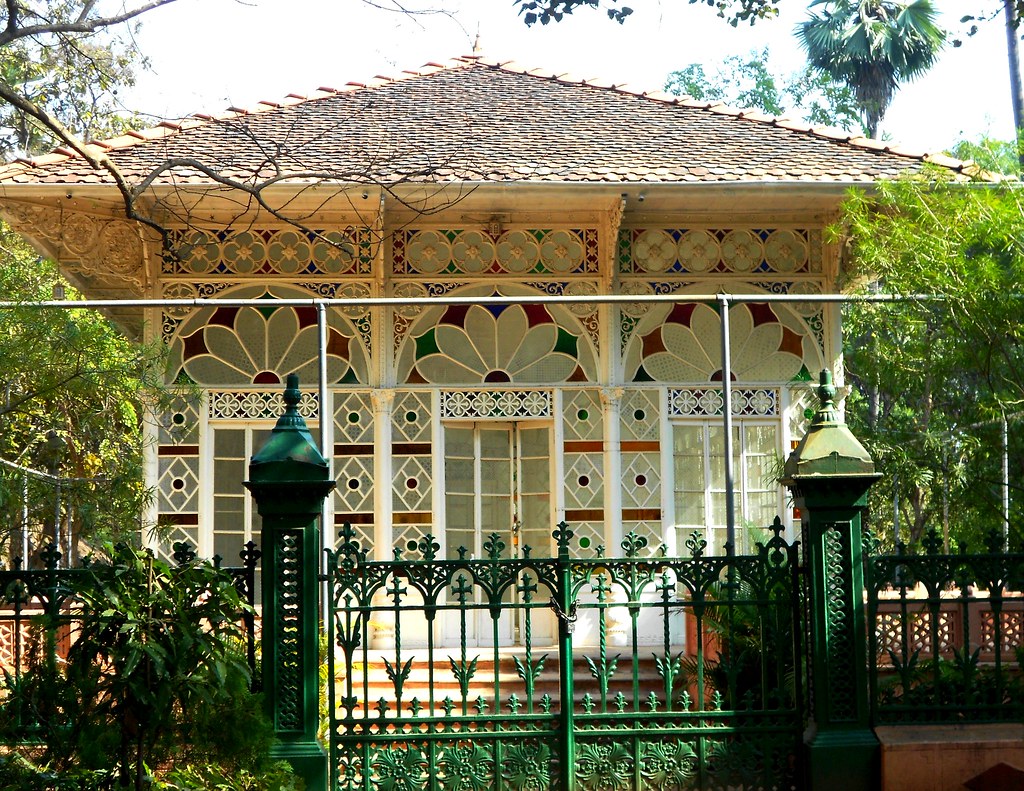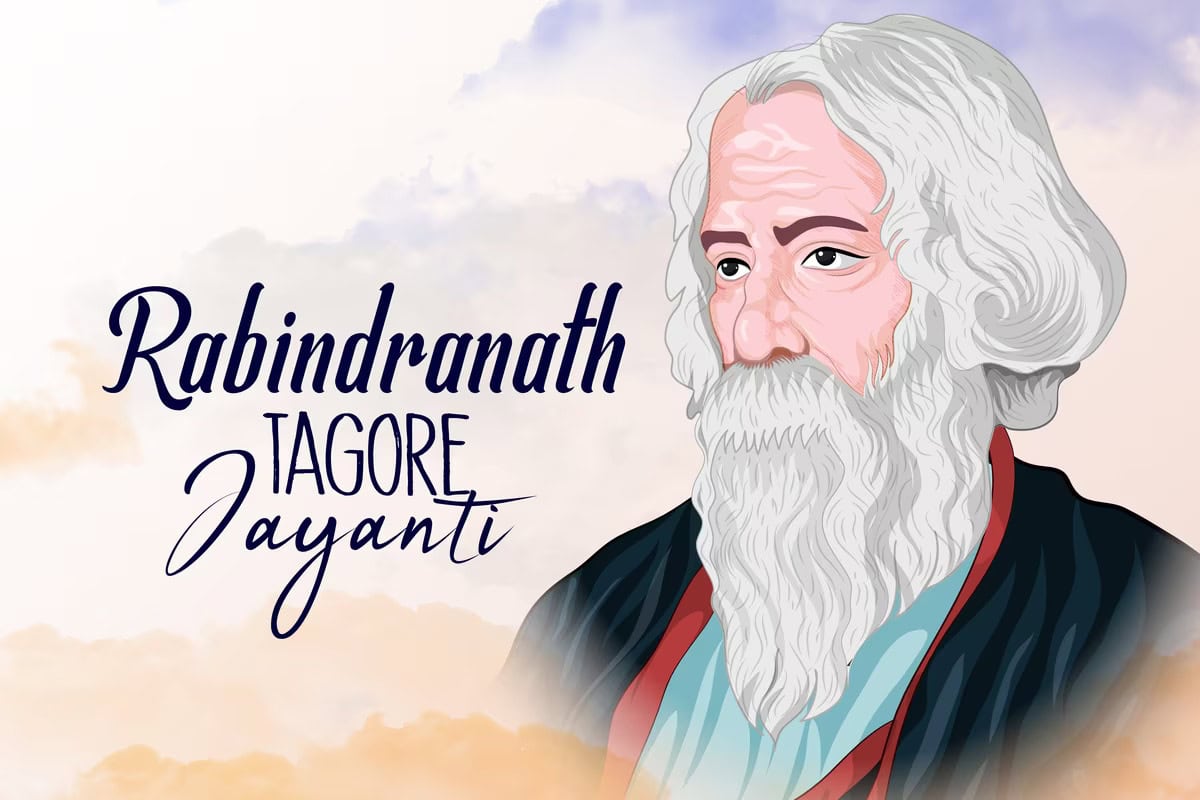Rabindranath Tagore envisioned education as a transformative journey towards enlightenment and holistic development. Rejecting the constraints of traditional schooling, Tagore sought to create an educational environment where freedom, creativity, and spiritual awakening flourished.
Tagore’s educational vision shares several resonances with contemporary educational philosophies, suggesting enduring relevance and potential for integration into today’s education systems. On the special occasion of the 163rd birth anniversary of Rabindranath Tagore, let us go down memory lane to witness the educational euphony from the philosopher’s lenses.
Tagore’s Living Canvas of Educational Enlightenment
Here is an overview of Rabindranath Tagore’s educational tapestry through Santiniketan’s timeless legacy of learning.
1. Establishment of Shantiniketan

Santiniketan was an experimental school in rural Bengal, which was established as a centre for holistic education and spiritual learning. Established in 1901, the place holds a special place in the history of Indian education and culture. The institution stands as the living embodiment of Rabindranath Tagore’s expansive vision, a sanctuary where education intertwines with nature, art, and spirituality.
2. Philosophy of Education
Santiniketan embodied Tagore’s progressive educational philosophy, emphasizing freedom, creativity, and close interaction with nature. The philosopher believed in providing students with a broad and liberal education that nurtured their intellectual, emotional, and spiritual faculties.
3. Gurukul System

Amidst the tranquil beauty of Bengal’s countryside, students and teachers forge intimate bonds, guided by the timeless principles of the Guru-Shishya tradition. The Guru-Shishya relationship was central to the educational experience, fostering mentorship, dialogue, and mutual respect.
4. Curriculum and Pedagogy
The curriculum at Santiniketan integrated academic subjects with arts, crafts, music, and dance, promoting a holistic approach to learning. Meanwhile, Tagore emphasized learning through direct experience and encouraged students to explore their creativity and individuality.
5. Emphasis on Nature and Environment

Situated amidst serene natural surroundings, Santiniketan provided students with ample opportunities for outdoor learning and communion with nature. Tagore believed that a deep connection with nature was essential for fostering creativity, sensitivity, and spiritual awareness.
6. Global Influence
Santiniketan attracted students and scholars from across India and around the world, fostering a spirit of internationalism and cultural exchange. Moreover, Tagore’s educational experiment inspired educational reformers and thinkers globally, influencing progressive educational movements.
7. Legacy and Continuing Impact

Santiniketan continues to uphold Tagore’s educational ideals, offering a unique educational experience that emphasizes creativity, freedom, and cultural heritage. The institution has produced numerous eminent personalities in various fields, leaving a lasting legacy in Indian education and culture.
By drawing inspiration from Tagore’s educational vision, contemporary education systems can enrich their practices, fostering environments that prioritize holistic development, student agency, connection with nature, and global citizenship, thereby better preparing students for the challenges and opportunities.

